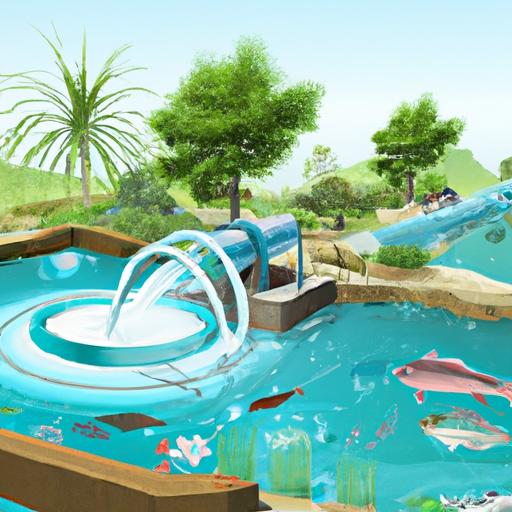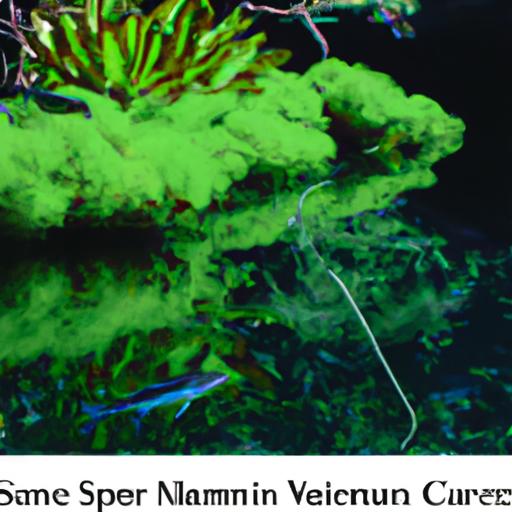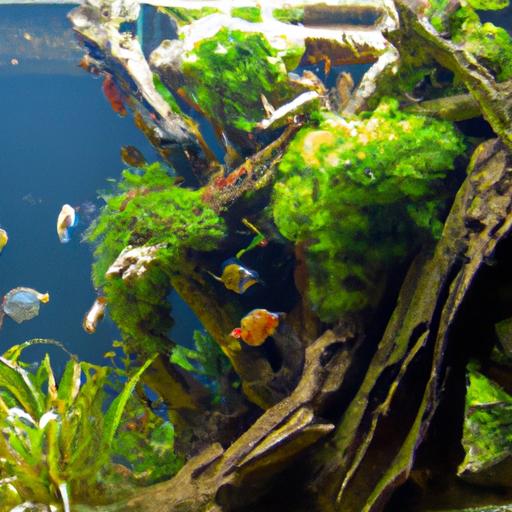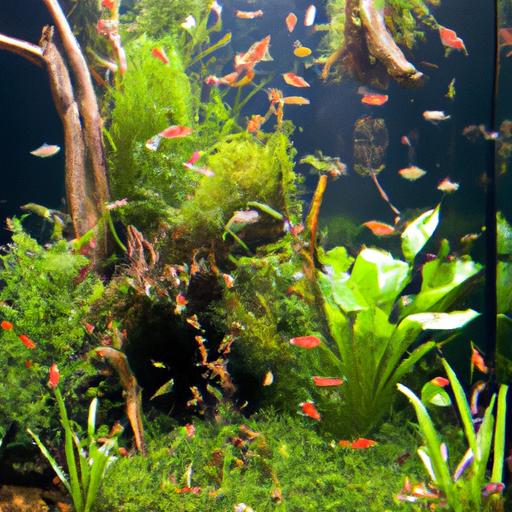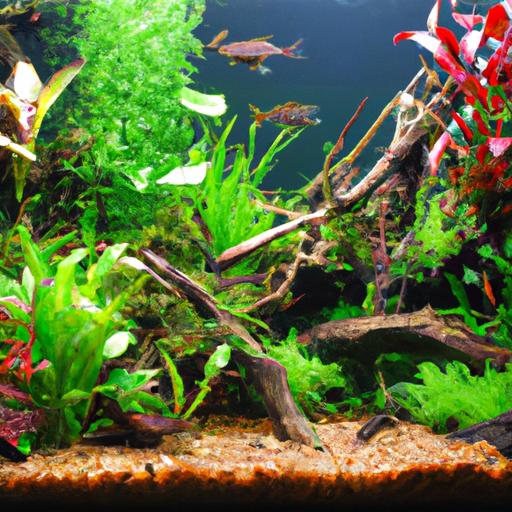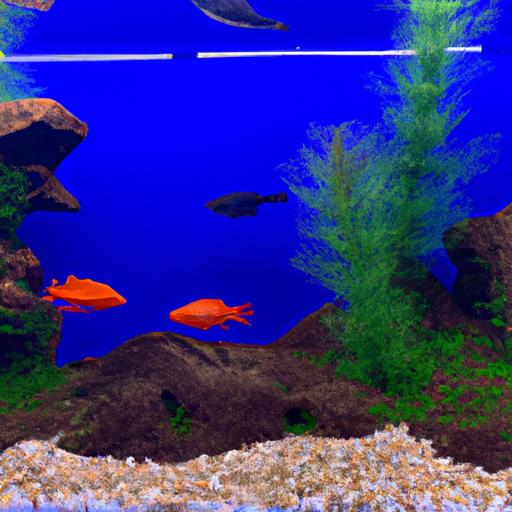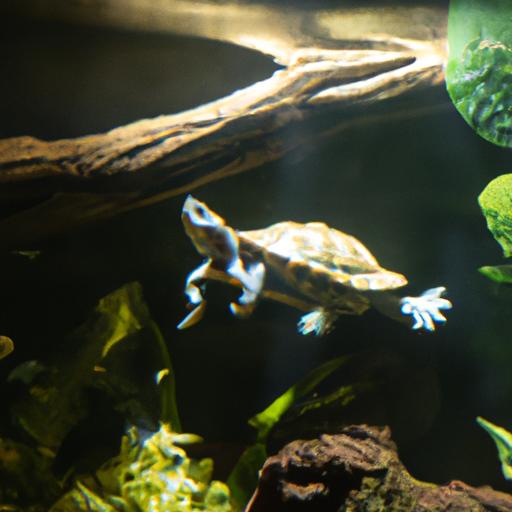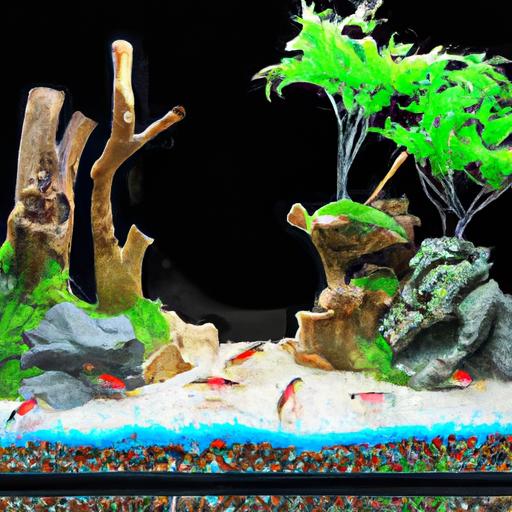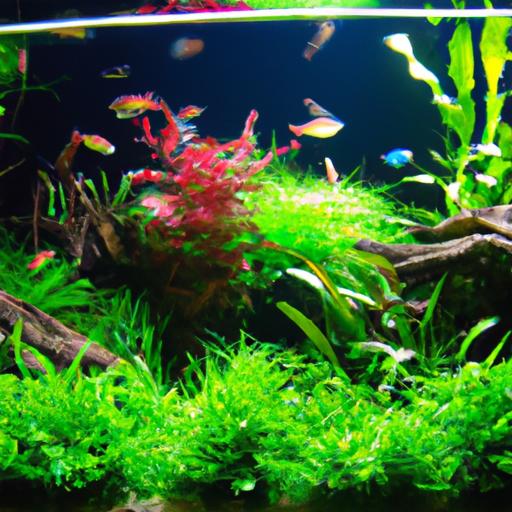
Setting Up a Freshwater Turtle Tank: Key Considerations
Discover the essential considerations for setting up a freshwater turtle tank. Learn about tank size, temperature, filtration, and habitat.
Introduction
Are you considering bringing a freshwater turtle into your home? Setting up a proper tank for your new reptilian friend is crucial for their health and well-being. In this article, we will explore the key considerations when it comes to setting up a freshwater turtle tank. By understanding the importance of providing the right environment, you can ensure your turtle thrives in its new habitat.
Key Considerations for Setting Up a Freshwater Turtle Tank
Tank Size and Space Requirements
One of the first things to consider when setting up a freshwater turtle tank is the size and space requirements. Turtles need ample space to swim and explore both aquatic and basking areas. Determining the ideal tank size depends on the species of turtle you have or plan to get. Some turtles require larger tanks than others to accommodate their size and swimming needs. Providing sufficient space is essential for their overall well-being.
Temperature and Lighting Requirements
Maintaining the appropriate temperature and lighting conditions is crucial for the health of your freshwater turtle. Turtles are ectothermic, meaning they rely on external sources to regulate their body temperature. It is important to provide a suitable heat source to maintain optimal water temperature. Additionally, turtles require adequate lighting to meet their UVB requirements, which aids in their calcium metabolism and overall growth.
Filtration and Water Quality
Proper filtration and water quality are vital for the longevity of your turtle’s tank. Turtles produce waste that can quickly deteriorate water quality if not effectively filtered. Choosing the right filtration system for your freshwater turtle tank is crucial to remove impurities and maintain a healthy environment. Regular monitoring and maintenance of water quality parameters, such as pH and ammonia levels, are essential to ensure the well-being of your turtle.
Habitat and Decorations
Creating a naturalistic environment for your freshwater turtle is not only visually appealing but also essential for their mental and physical stimulation. Selecting suitable substrate and decorations can mimic their natural habitat and provide hiding spots and basking areas. It is important to choose non-toxic materials and avoid any sharp or potentially harmful objects that could injure your turtle.
FAQ: Common Questions about Setting Up a Freshwater Turtle Tank
Q: What is the recommended tank size for different turtle species?
The recommended tank size varies depending on the species of turtle. As a general guideline, larger turtles require larger tanks. For example, a full-grown red-eared slider turtle may need a tank of at least 75 gallons, while smaller turtles like mud turtles can be kept in a 40-gallon tank. Research the specific needs of your turtle species to determine the ideal tank size.
Q: How often should I clean the turtle tank?
Regular maintenance is crucial for a healthy turtle tank. It is recommended to perform partial water changes every 1-2 weeks, depending on the size of your tank and the number of turtles. Additionally, clean the filter regularly to ensure efficient filtration. Monitoring water quality parameters will also help determine when additional cleaning is necessary.
Q: Can I use tap water or should I use dechlorinated water?
Tap water can contain chlorine and other chemicals that are harmful to turtles. It is essential to use dechlorinated water to ensure the well-being of your turtle. You can either use a dechlorinating agent or let tap water sit for 24 hours to allow the chlorine to evaporate before adding it to the tank.
Q: What type of lighting is best for freshwater turtles?
Freshwater turtles require both UVA and UVB lighting for their overall health and well-being. UVB lighting helps turtles metabolize calcium and aids in the prevention of metabolic bone disease. It is recommended to use a UVB bulb specifically designed for reptiles and follow the manufacturer’s instructions for proper placement and duration of lighting.
Conclusion
Setting up a freshwater turtle tank requires careful consideration of various factors, including tank size, temperature, filtration, and habitat. By providing the right environment, you can ensure the health and happiness of your turtle. Remember to research the specific needs of your turtle species to provide the best possible care. With proper setup and maintenance, your freshwater turtle can thrive in its new aquatic home.
Remember, a well-designed and well-maintained turtle tank not only benefits your pet but also adds a touch of natural beauty to your living space. So, dive into the fascinating world of freshwater turtles and create a captivating and safe environment for your new scaly friend.
Happy turtle keeping!
